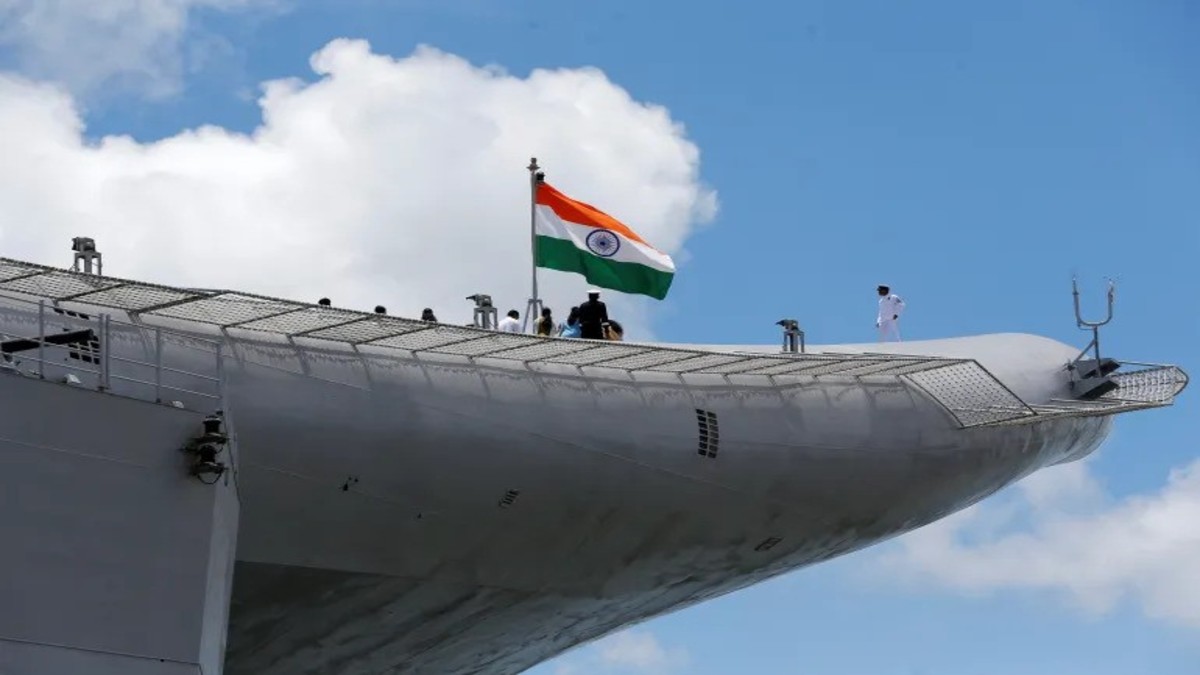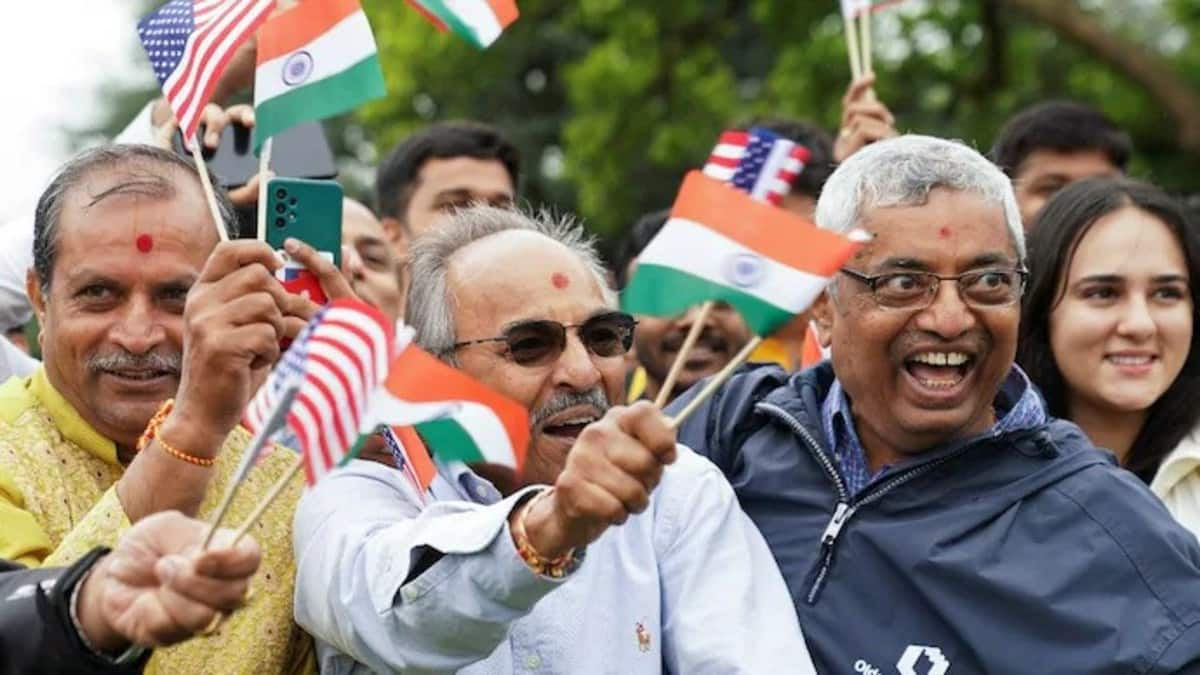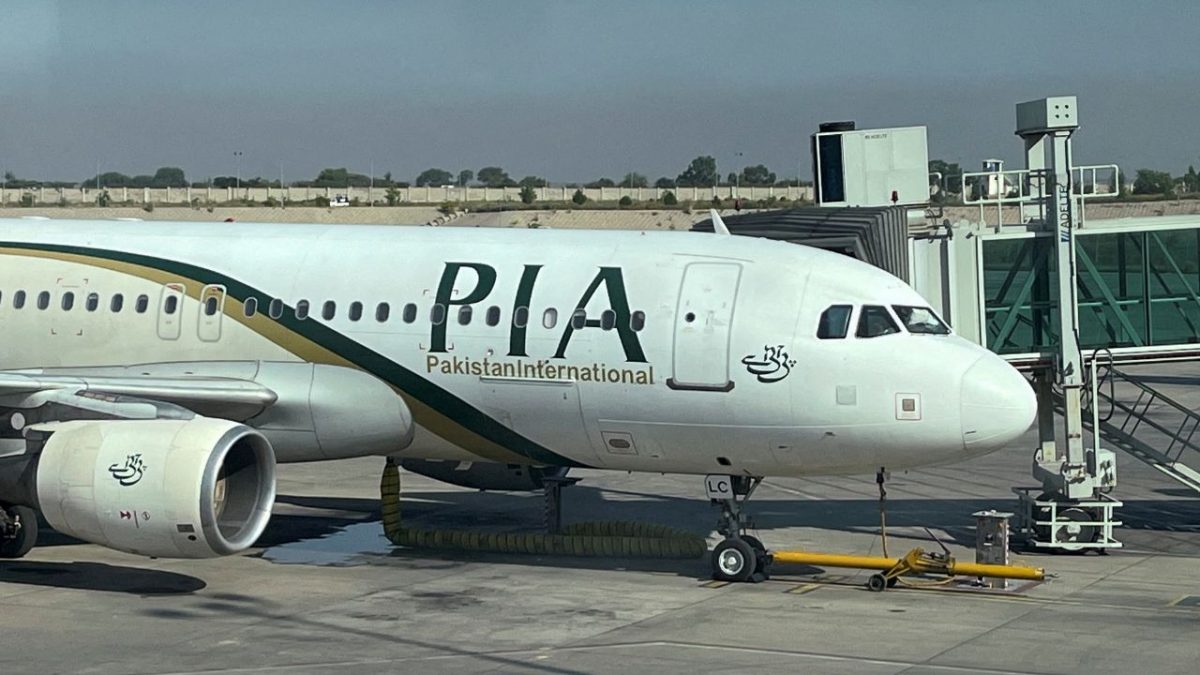Lawrence Wong, Prime Minister of Singapore, visited India from September 2 to 4. This was followed by the visit of Navinchandra Ramgoolam, Prime Minister of Mauritius, from September 9–16. Taken together, the two VVIP visits and the outcome of their discussions with the Indian leadership reveal much more about the current trends in India’s external relations than most observers of South Block may have realised.
Often, it is assumed that India’s foreign policymakers are obsessed with only two specific areas of policy: Great Power relations and ties with neighbours in South Asia. Recently, many assumed that New Delhi’s principal interest at present is to focus and fine-tune its complex and rapidly changing equations with major power centres, such as Washington, Beijing, Moscow, and a few European capitals. However, the neighbourhood remains vital because a nation, like an individual, can change friends but not neighbours.
Among neighbours, there are at least two categories: immediate neighbours and the extended neighbourhood. Singapore and Mauritius are near neighbours, located in the extended neighbourhood, specifically in the Indian Ocean area and the larger Indo-Pacific region. The two nations form an essential component of India’s expanding worldview that stretches from Argentina to Fiji via Africa, Europe, and Asia.
Singapore
With an area of 736 km² and a population of approximately 6 million people, Singapore is a small state with a highly advanced economy. Its per capita income of $93,000 puts it in a special class. Its role as a regional hub for investment, technology, services, port and shipping connectivity, and other assets makes it a leader, both within and outside the Asean region.
With a clear majority Chinese-origin population and a sizeable Indian-origin diaspora, Singapore has played a unique role in cultivating close relations with both China and India, as well as the US, Europe, Japan, and Australia. In this context, recent developments with a bearing on India-Singapore relations merit close scrutiny.
Impact Shorts
More Shorts“Singapore is an important partner for us,” said a senior Indian official, “which shares a longstanding friendship and a strong multifaceted partnership marked by mutual understanding.”
In 2025, marking the 60th anniversary of the establishment of diplomatic relations, India hosted visits from both the President and the Prime Minister of Singapore. PM Wong’s visit was preceded by the visit of Prime Minister Narendra Modi to Singapore in September 2024. Then, they agreed to elevate the relationship to a Comprehensive Strategic Partnership. Now, in September 2025, they announced the roadmap for a higher level of relationship. The new document lists eight priority areas, including economic cooperation, digitalisation, connectivity, healthcare, defence and security, and people-to-people cooperation.
Among the various projects currently making progress, two deserve to be highlighted here. One, the two PMs virtually inaugurated Phase II of the development of Bharat Mumbai Container Terminal (BMCT) of Jawaharlal Nehru Port. This project has been designed, built, financed, and operated by PSA International of Singapore. Two, following the earlier signing of an MoU on semiconductor ecosystem partnership, a bilateral policy dialogue has been in progress to promote investments, R&D, and business-to-business connections. As far as digitisation is concerned, the UPI–Pay Now Connect, established in 2023, has become a significant example of collaboration in fintech.
Singapore has been the largest FDI investor in India for the last seven years, with the cumulative figure from the year 2000 touching $170 billion. Bilateral trade has increased from $6.7 billion in 2004–05 to $35 billion in 2024–25.
Mauritius
Area-wise, Mauritius—with its 2,040 km²—is much bigger than Singapore, but its population of 1.2 million is much smaller. It has done well economically, but with a per capita income of $13,000, it belongs to the middle-income group of nations. As the Indian diaspora forms the majority community, Mauritius has always felt a deep affinity with India, which is reciprocated in full.
PM Ramgoolam was on a visit of a longer duration. He visited India in 2014 as the only non-Saarc country to attend the first swearing-in of Modi as the PM. This time, the honoured guest from Mauritius visited New Delhi, Mumbai, Varanasi, Ayodhya, and Tirupati. This visit, coming so soon after PM Modi’s visit to Mauritius in March 2025, indicated mutual agreement that this special relationship deserved frequent discussions at the highest political level.
Due to its special strategic location in the Indian Ocean, Mauritius is affected by the ongoing US-China and India-China rivalry. After protracted negotiations, it succeeded in winning back from the UK the important territory of the Chagos Islands. However, in terms of the agreement signed in May 2025, the US military base on Diego Garcia remains under joint US-UK control. Mauritius has been deeply appreciative of the consistent and strong support it has received from India in this long diplomatic struggle to complete the decolonisation process. Additionally, the significance of Mauritius as a gateway to Africa is also recognised by Indian businesses and industry in the ongoing efforts to expand their presence in Southern and Eastern Africa.
It was in Mauritius that PM Modi announced his vision of Security and Growth for All in Region (Sagar) in March 2015 and the vision of Mutual and Holistic Advancement of Security and Growth Across Regions (Mahasagar) in March 2025. “Mauritius is an integral part,” said Foreign Secretary Vikram Misri, “of India’s Neighbourhood First policy and our region." It is a relationship rooted in cultural, civilisational, linguistic, and other bonds and is underpinned by “very, very close people-to-people relations”.
Among the visit’s outcomes, several need to be noted here. New Delhi announced a new economic package of grants and concessional credits amounting to $680 million. This will be used for a variety of projects, such as the development of the port of Port Mauritius, assistance for the surveillance of the Chagos marine protected area, a big hospital, an Ayush centre, and a control tower for the capital’s airport. It will also assist Mauritius in enhancing its maritime security and defence preparedness. Additionally, the visit would accelerate cooperation in other sectors, including energy, power, space, and culture. New Delhi believes that stronger India-Mauritius ties will serve as “an anchor of stability” in the Indian Ocean.
Takeaway
The two visits demonstrated that the maritime dimensions play a significant role in the formulation and execution of India’s foreign policy. Although the Indo-Pacific region has lost some of its salience over the past five years, changing power dynamics in the Indian Ocean ensure that smaller nations in the area look to India as a fountain of maritime security, technological collaboration, development cooperation, and as a pathway to their prosperity. Investment by India in these relationships is likely to generate long-term dividends.
Prime Minister Wong observed that working together, India and Singapore can “strengthen resilience, seize new opportunities, and contribute to stability and growth in our region and beyond”.
Prime Minister Ramgoolam said, “Over the years, India, through its various governments, has accompanied Mauritius in its journey towards progress.” At the signing of new agreements with Mauritius, PM Modi stated that India and Mauritius are not just partners but a family.
Flanked by friendly Mauritius and cooperative Singapore to the west and east, respectively, India promotes its national interests as well as the global good in the Indian Ocean region.
Rajiv Bhatia is a Distinguished Fellow at Gateway House, a former Indian Ambassador with extensive diplomatic experience in regional and global groupings, and the author of three books on Indian foreign policy. Views expressed in the above piece are personal and solely those of the writer. They do not necessarily reflect Firstpost’s views.


)

)
)
)
)
)
)
)
)



